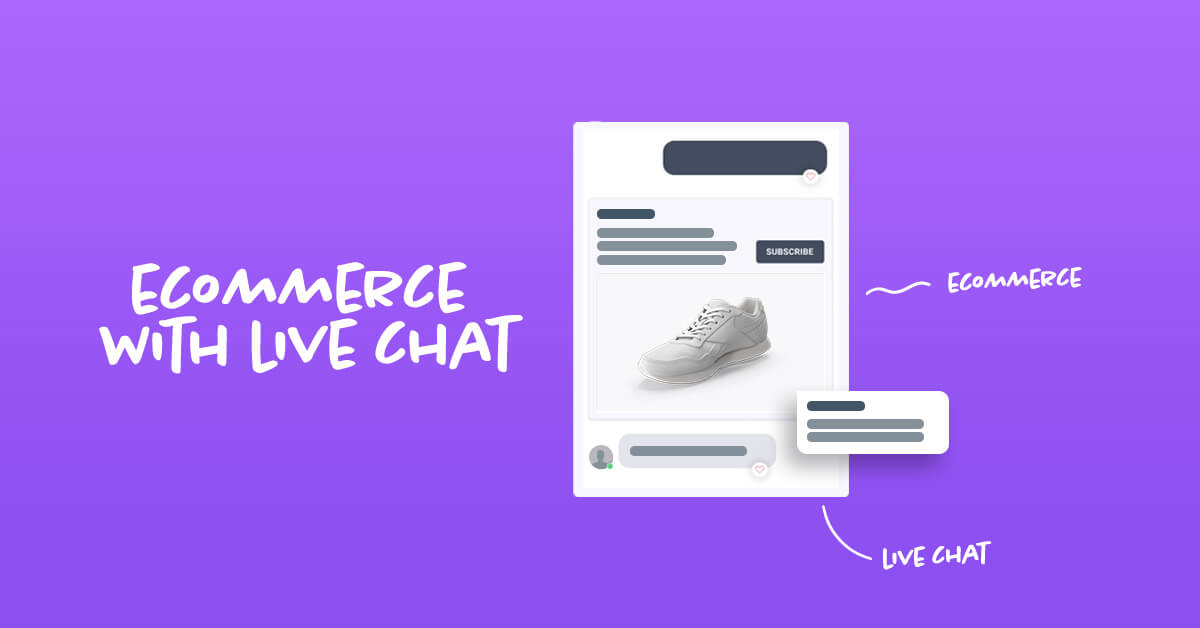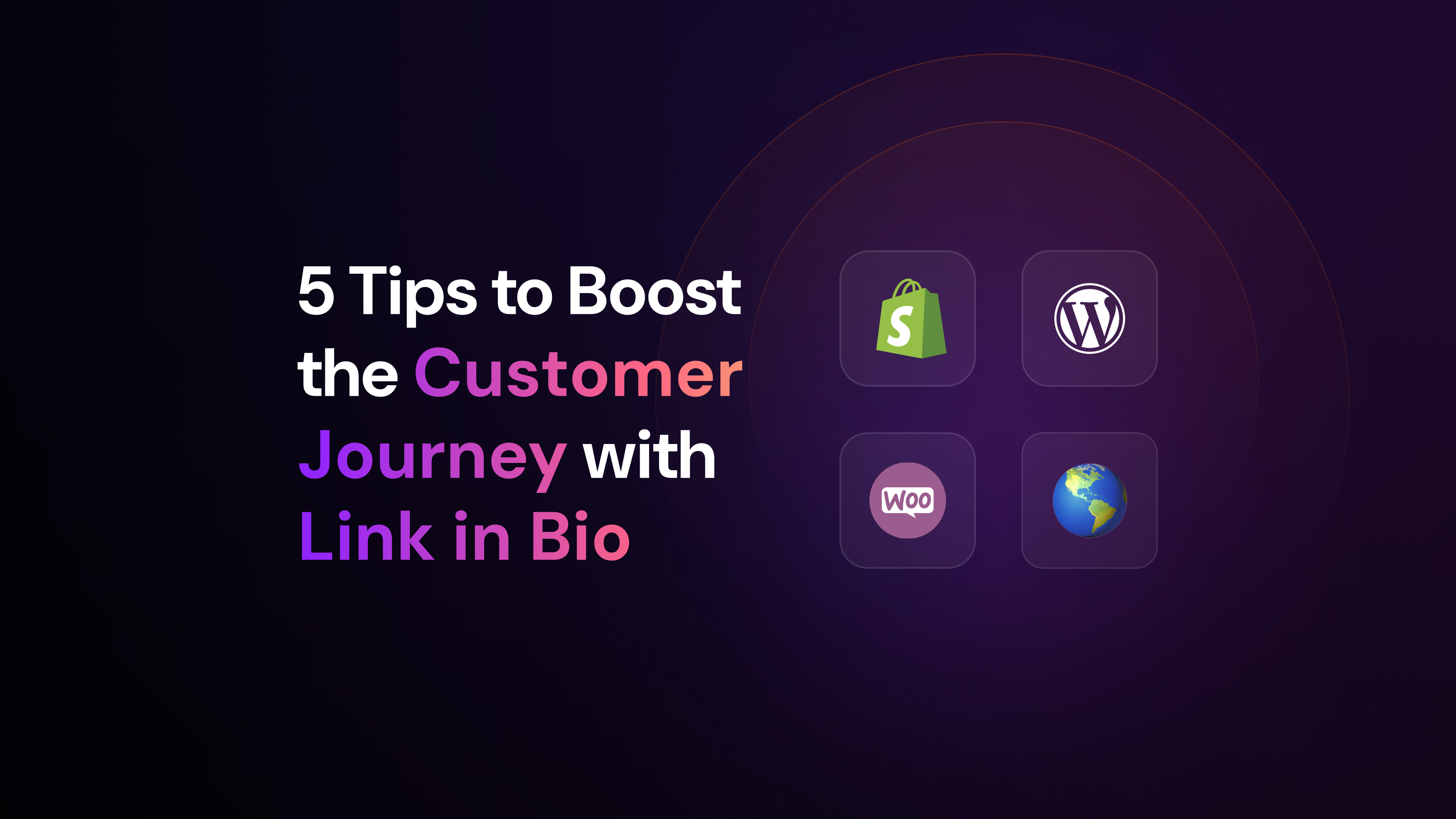Companies are now more interested in Live Chat solutions. Research shows it is helping increase conversion rates and customer satisfaction. Find out more!
Live Chat is not precisely a new solution in the market, but it has evolved into a must-have feature. It’s more than a way to have real-time customer support. It’s also a marketing and a sales strategy jackpot.
There’s no denying it: customers hate waiting to be attended, and they want quick answers. Everyone is so busy nowadays that they want and need means of dealing with their issues while multitasking. That’s why Live Chat is preferred over phone calls and emails.
In emails, a person might wait for hours or even days to get an answer. On the telephone, the customer usually has to go through automatic voice messages that will filter and redirect them to sales, support, or another sector — and it does involve some waiting around with jazz music playing in their ears.
Boost Your eCommerce Conversion Rates with Live Chat
Customers who can connect directly to the brand and have a personalized interaction gives value to the company. Something chatbots can’t do. That’s why they like it when a brand offers Live Chat on the website. Moreover, it’s all about the advantages of the company as well.
More than customer satisfaction, Live Chat provides a channel for marketing and sales strategies. Thus, increasing conversions and revenue. Let’s talk a bit more about what Live Chat is and how it impacts the way eCommerce works.
What is Live Chat?
Live Chat is a solution for companies that want to have a better connection with their audience. It allows real-time conversations between customers and companies. Usually, Live Chat is used for customer support, but it can do a lot more. For example, it can be a tool for customers to talk to each other when you’re live streaming.
There’s no doubt keeping reasonable customer satisfaction rates is of high priority, and this solution can assist for that purpose. However, Live Chat has also become a strategy for the marketing and sales departments to increase their results.
Have you heard about conversational marketing? Since customer behavior is constantly evolving, marketing needs to tag along and find better means to communicate with customers. Because of that, this new branch of marketing is about having a tailor-made experience for each customer.
In general, there are three steps for conversation marketing: engage, understand, and recommend. It’s mainly about moving customers through the sales pipeline in real-time, either increasing conversions or sales.
Most companies use chatbots together with Live Chat so they can create this connection between customers and brands. This way, the bot can filter the person’s problem and redirect them to the right sector for better service — while sending messages like “someone will be with you in about 2 minutes”.
How does Live Chat influence eCommerce?
In recent years, companies have found that Live Chat can affect visitors and customers. They discovered that by having access to Live Chat, people are more likely to complete a purchase. That’s because a customer can easily have their questions answered within a few minutes.
Sometimes, if a visitor can’t have a quick answer to what the store’s return policy is, for example, they will probably give up purchasing. On the other hand, if they do have a response and it’s one that pleases them, the sale is made! 63% of customers who used a Live Chat said they would return to that site for future business.
Additionally, depending on the Live Chat platform you acquire, attendants will be able to respond to up to 6 customers at once. This means a shorter waiting time for websites with high traffic and chat initiative. And you know what quick responses do? They make a customer happy — that’s pretty much halfway to make a client close the deal.
There’s still one more thing a Live Chat will influence on eCommerce: the upselling and cross-selling strategies.
Yes, they can be performed via Live Chat as well. Surely you remember the experience of buying something online when suggestions start showing up after you click a product. Usually, there’s a session on the bottom of the page saying, “here are some similar products you might be interested in…”
Seeing that real-time data collection is possible through a Live Chat solution too, and the marketing and sales teams can use that to their benefit. When they see someone adding an item to the cart, they can appear in the corner of the screen with a message showing something similar or complementary to the product in the cart.
The same can be done if the customer completes the purchase and comes back on another day. They can send a ‘welcome back’ message, followed by suggestions and product recommendations.
Even if the consumer doesn’t use the Live Chat right away – or at all – when they see it is available, they are already more inclined to buy from that brand. That’s one more reason it can have an impact on eCommerce. If you work with Live Chat, it means they have easy access to ask questions, make complaints, and just keep in touch for whatever reason they need after acquiring a product.
Does Live Chat increase conversions?
The most straightforward answer is: yes, it does.
This research has found that one simple message can make a visitor 50% more inclined to become a customer, while a 6 message-chat makes them 250% more likely to become a customer.
For conversions to happen, it’s required to pay attention to the opportunities that come up. If a customer contacts you through Live Chat asking about payment plans, it means they are interested in your product or service. You can take this opening to ask for their email, for example. More than that, keep an eye for people who ask about:
- personalized solutions;
- detailed information about products;
- return and exchange policies.
Not only that, but Live Chat also impacts on a company’s revenue and retention rate. Since it makes customer satisfaction rates higher, that means they are happy with your brand. Therefore, they don’t have many reasons not to buy from you in the future.
Of course, for the conversion to happen, you need to follow some good practices. Otherwise, things might fall apart for you.
How to boost eCommerce sales with a Live Chat solution
So, we’ve been talking about how Live Chat can increase conversions and sales. But how does it happen?
To use this tool in marketing and sales, it should be set in a way that, when people enter your website, instantly reads an ad message. For instance, “Hi there, need a deal?” or “Hello, nice to see you again. How about getting a discount on that product you’ve been looking at?”.
It doesn’t need to be a pop-up window that will take up the entire page and cause a distraction, a simple picture on the right corner of the page will do the trick.
Besides, messages should always be personalized according to whether it’s the first visit or a returning customer. And here’s a note to remind how important data collection is, only from there will it be possible to create these messages.
As people interact with the chat, more data will be collected, and all interactions must be analyzed. They see what works and what doesn’t is essential for strategy improvement. Also, analyzing from which pages chats were initiated, what conversations converted more, and what topics are always coming up should be on the marketing team’s to-do list.
Besides, keeping Live Chats available 24/7 can be a good idea. As long as you either have human assistants also available during that time or if you have a chatbot that can answer general questions and forward the person to a human agent as needed — saying how long it will take for them to be attended.
What do customers think about Live Chat?
The bottom line is that customers adore Live Chat. Whether it is the immediate response factor or the fact that customers can multitask while being attended, people are generally happier with this tool. Indeed, more than half of all customers prefer Live Chat over other communication solutions — the satisfaction level for Live Chat is 73%.
A real-time online conversation is way more efficient in problem-solving than, let’s say, a tech support call. While a call is a real-time conversation, it does involve quite a lot of waiting time being transferred from one attendant to another. In the meantime, a Live Chat shouldn’t take longer than 2 minutes to connect with an assistant.
Social media and emails are also online communication tools, but the average wait time to get answers from these platforms can be as high as 10 to 17 hours. Hence, the high satisfaction rate with Live Chat solutions.
Even though chatbots can be quite useful in real-time answering questions, having a human attendant for eCommerce is the best solution. Even more so, when the store’s catalog has a high number of products, a human is more informed and can give better, personalized answers to increasing conversions and sales.
How to offer better customer service through live chat?
Despite having so many benefits, live chat can still cause a decrease in conversions if not used properly. These are some tips and practices you should follow to have the best results when acquiring your live chat solution.
Train support team
Since live chat is mostly used for customer support, it’s consequential to have a trained support team. Some of the things they need to know are:
- not to rush into answers;
- adding personality to the answers;
- checking grammatical errors;
- matching the customer’s tone.
Yes, the idea is to answer as quickly as possible; however, never rush into answers. Don’t reply to something because make sure all solutions have a foundation and give the correct information. If there’s the need to look up some information, ask the client to hold on a minute to provide them with the right info.
Also, it’s essential that you don’t sound like a robot. The support team should have a protocol and a script to follow, but they shouldn’t copy and paste their answers. Each attendant can personalize and adjust the text as needed. They should even be encouraged to add their personalities to the responses.
Moreover, matching the customer’s tone is the skill they need to have. Each customer will either be more formal or more casual. It’s crucial that you speak accordingly to keep them comfortable. Lastly, grammar is essential. Even in a casual conversation, it’s good to keep sentence structure and language rules intact.
Keep average response time to a minimum
This is something you can’t get away with using live chat. The answers need to be quick. An excellent average time can be around 46 seconds. That being said, responses can be as fast as 7 seconds.
However, there is the possibility of sending an automatic reply saying that “we usually reply within 2 minutes, stay with us”. If that is the case, customers will be happy to wait to talk to someone — as long as responses come quickly after that, they probably don’t want to wait 2 minutes for each question they send.
Keep chat visible, but not distracting
As much as we’re talking about live chat and its benefits, people sometimes enter your website to see something that is not remotely related to using the chat. Because of that, it must be strategically placed on your page. It needs to be easy to find and access, but not in a distracting way.
The most common way to use it is with a small chat window on the bottom right-hand corner of the page. Sometimes it’s just a chat icon that you can click to start a conversation. Other times it’s a proactive chat. That is a chat that talks to you before you speak to them. We’ve mentioned it before, the chat that already sends a message when you enter the page asking how they can help.
Additionally, all of your pages, the home page, landing page, and sales page should have an active chat head. That way, you can investigate to find the pages people are most likely to open a chat on.
Provide transcripts
One other way to increase customer satisfaction is by providing them with transcripts of the conversation after they’re done with the service. Also, a way to capture their email is to ask them to contact information to send over the document.
It’s an advantage for both sides. For the customer, because they’ll always have access to that conversation and won’t need to come back and ask the same thing again. While for the company, it’s because the next time that customer comes back, the assistant will know exactly what happened in the last conversation and have enough information to talk to them more efficiently.
Perform surveys
At the end of each conversation, you can set a survey to ask the customer how the service as if it was helpful, how helpful was it, what would they like to change, and how would they rate the service?
How to obtain a live chat solution?
Overall, all you need to do is find a platform that fits your needs as a business. Once you’ve found that, all it takes is to configure the tool and implement it to your website. While it may take a bit of work to deploy and configure a live chat solution, the results make it worthwhile. See it yourself how Shoply leverages Arena’s API to offer great Customer Experience to their customers.
One tip we can give you is to use a platform that integrates with an analytics tool or has it built-in in the system itself. Understanding the results and ROI of the live chat is how you’ll be able to adapt your strategies for the better.
This is an opportunity to bring innovation to your brand’s communication and gain a competitive advantage. If you can’t supply a customer’s needs and keep them satisfied, they will have no problems moving on to another company. In 2021, it’s expected that most companies will have a live chat available.
If you don’t want to be left behind, you should start using live chat right away. Here at Arena, we’ve already helped thousands of brands worldwide with our Live Group Chat solution, and guess what? You can try it yourself too – for free.



